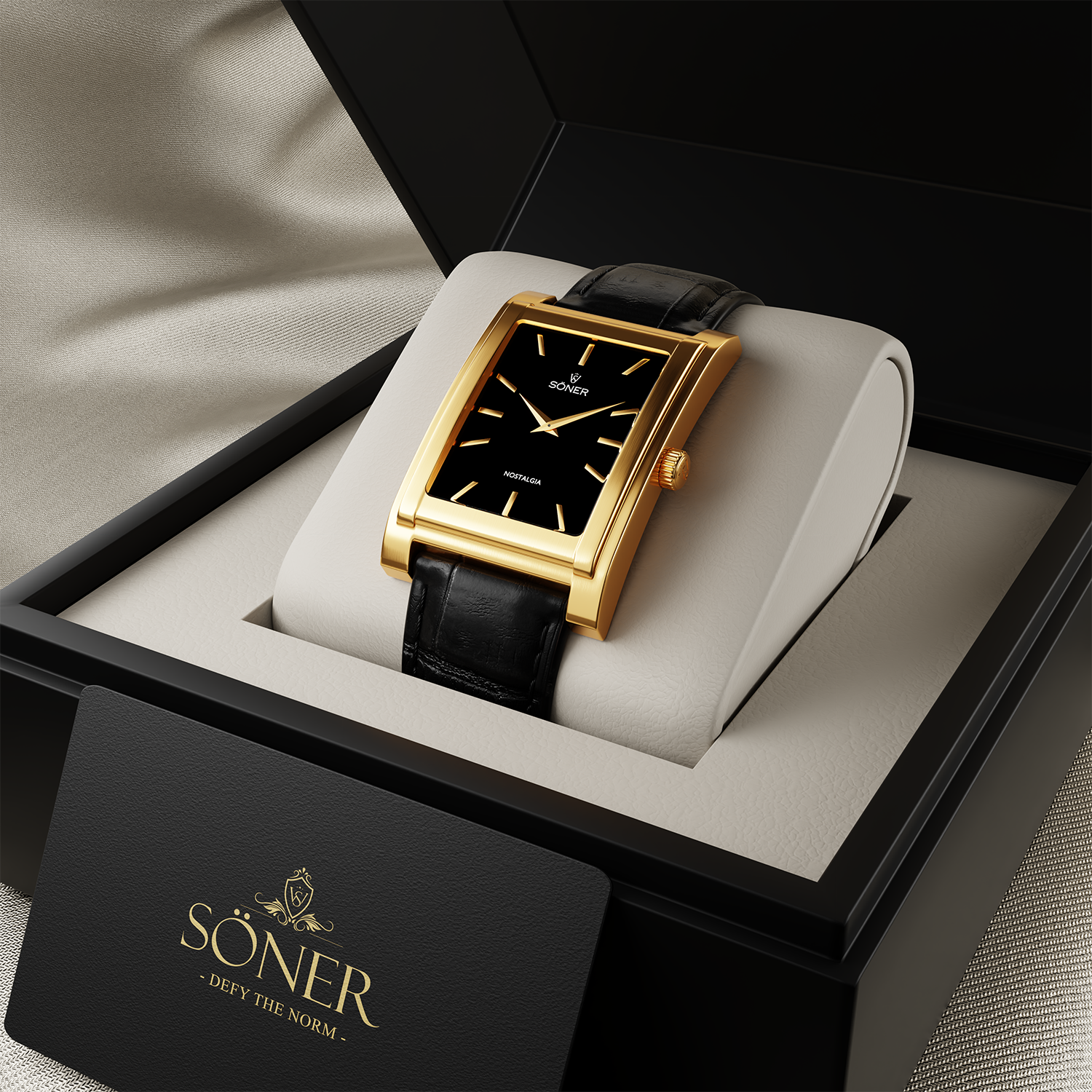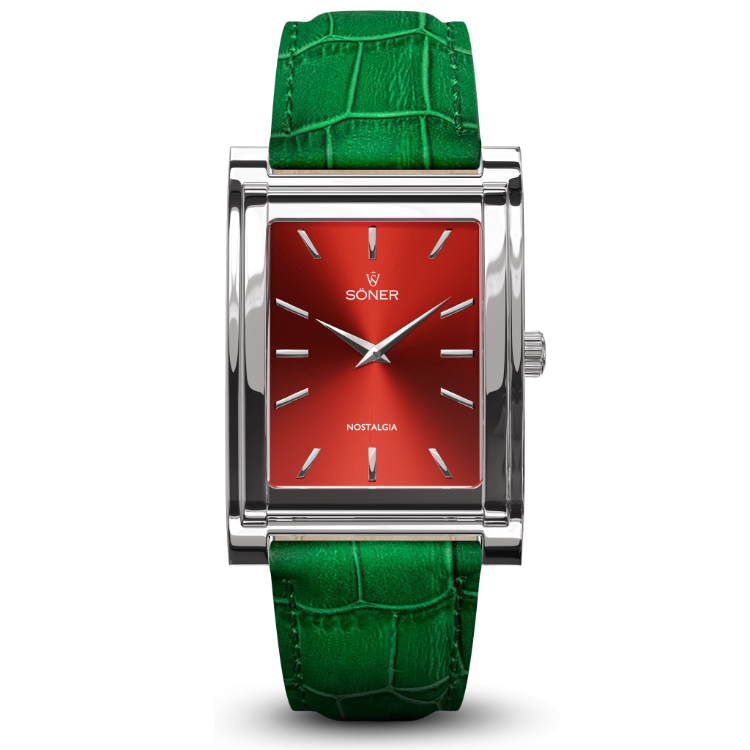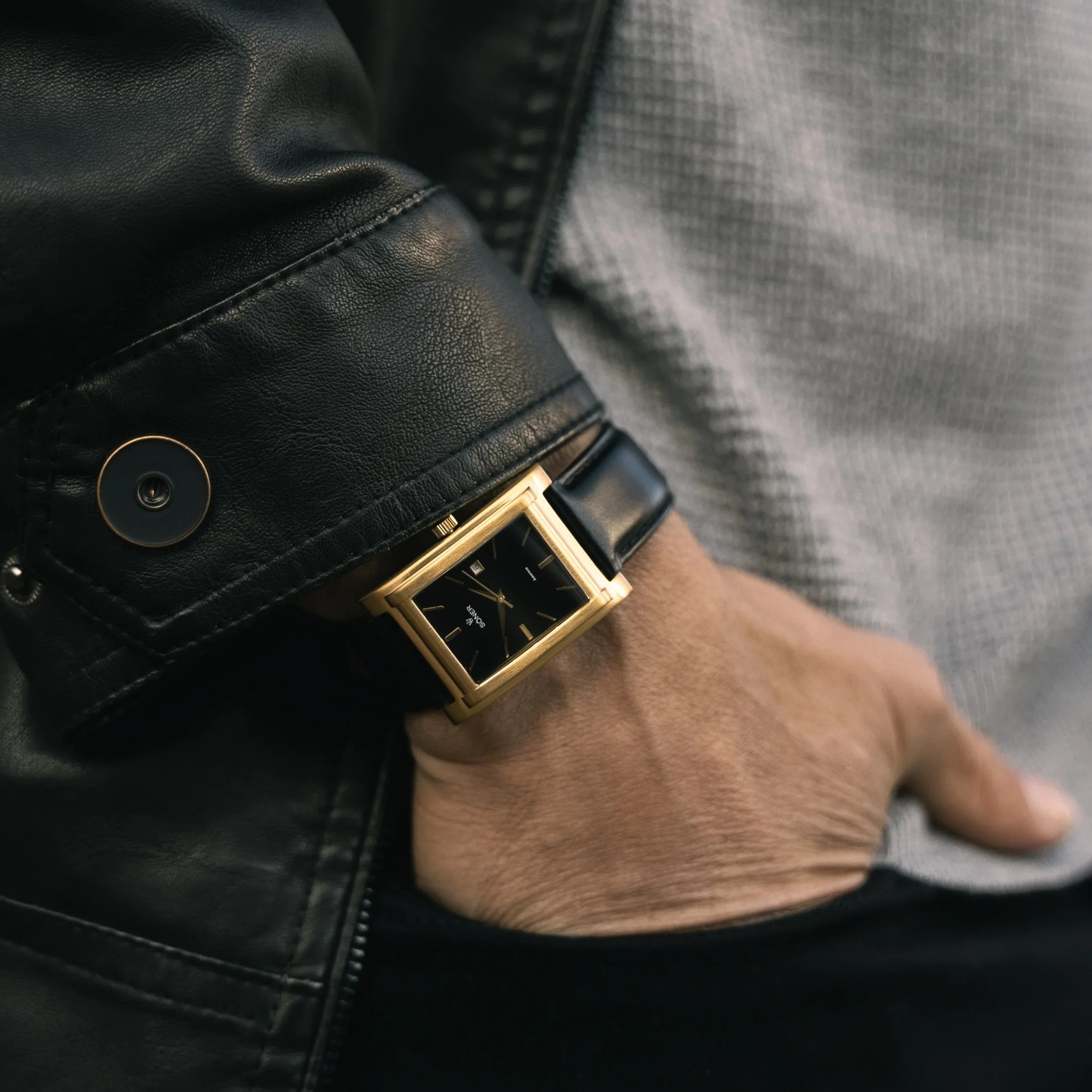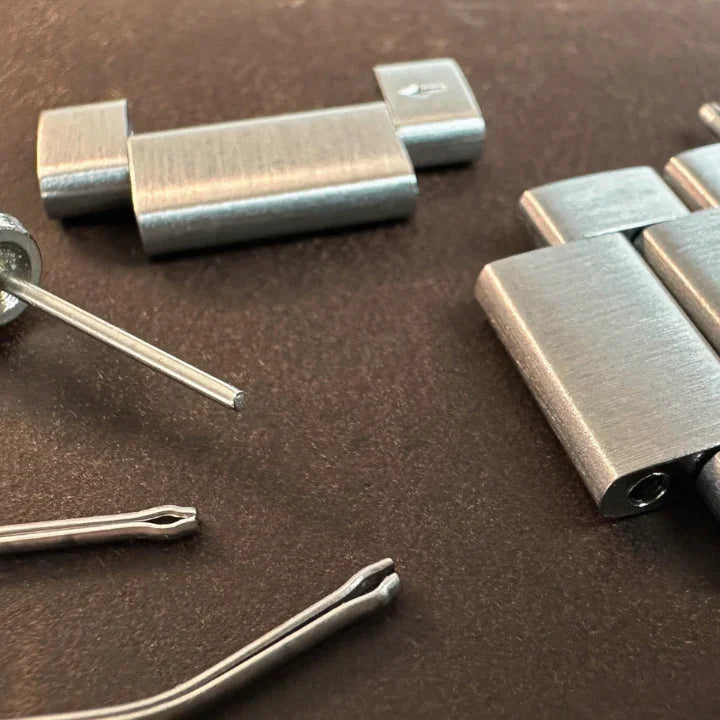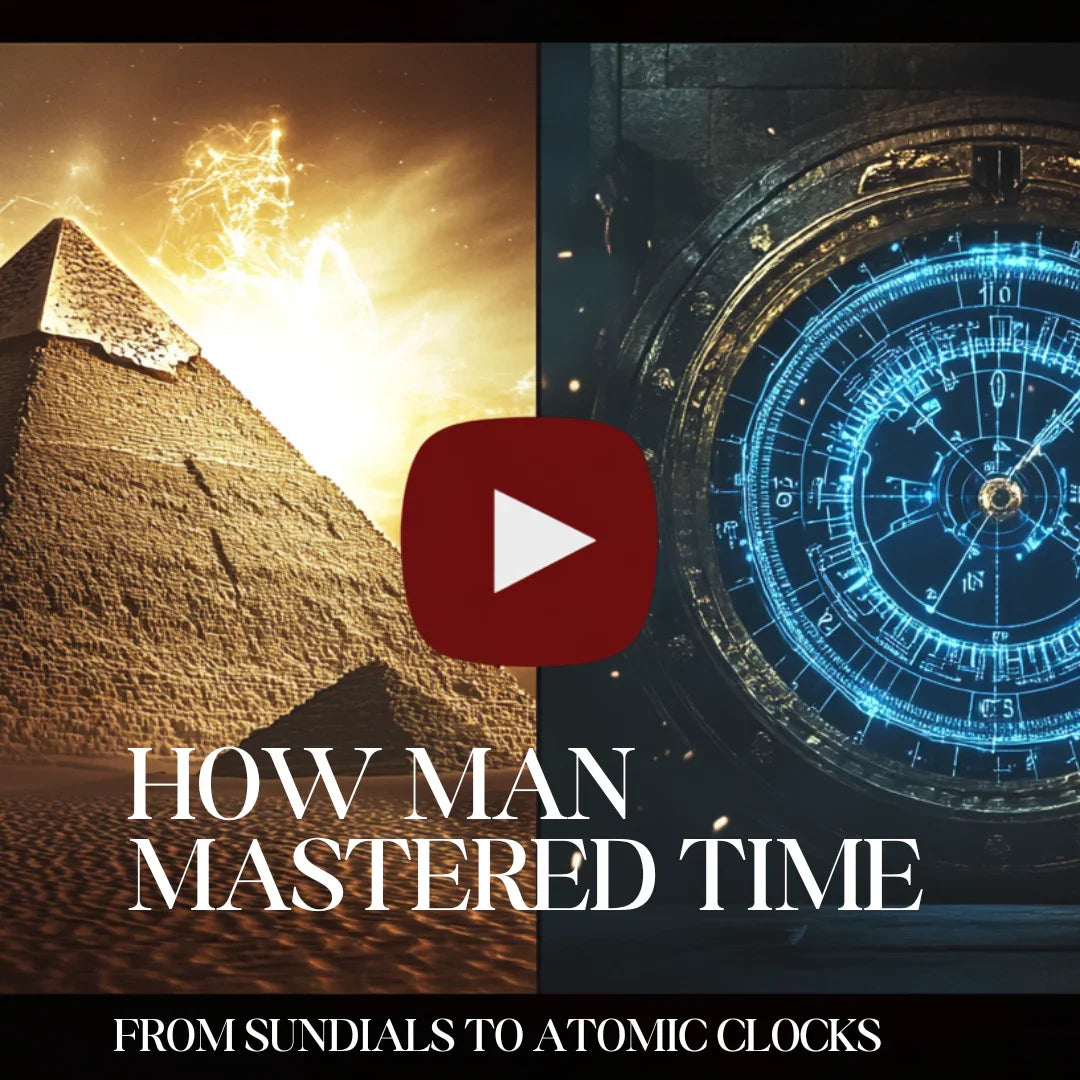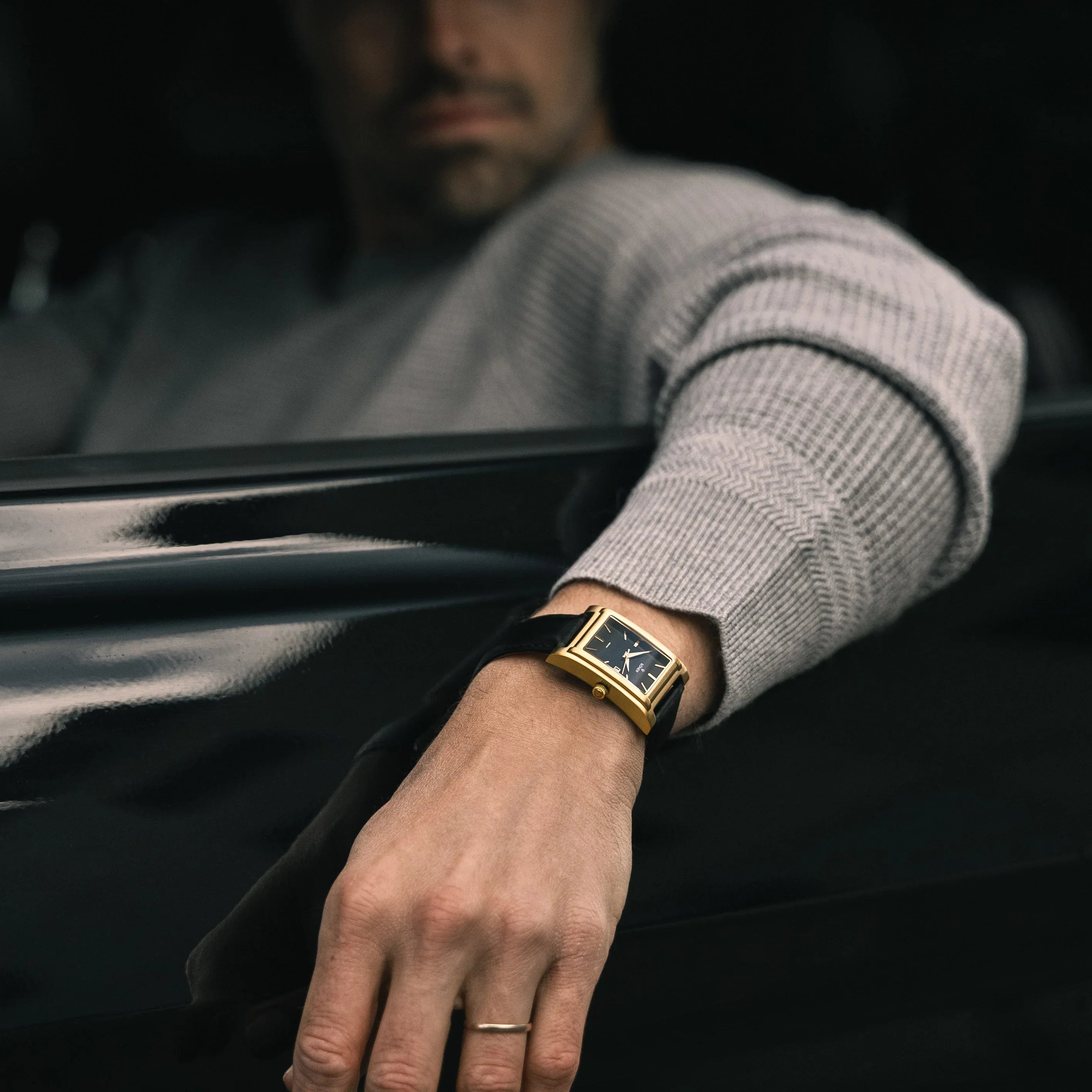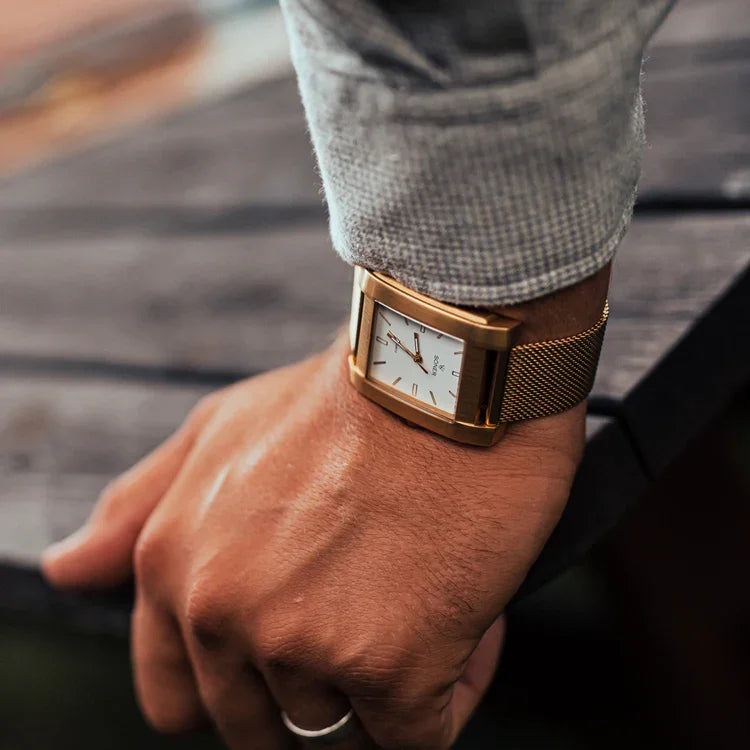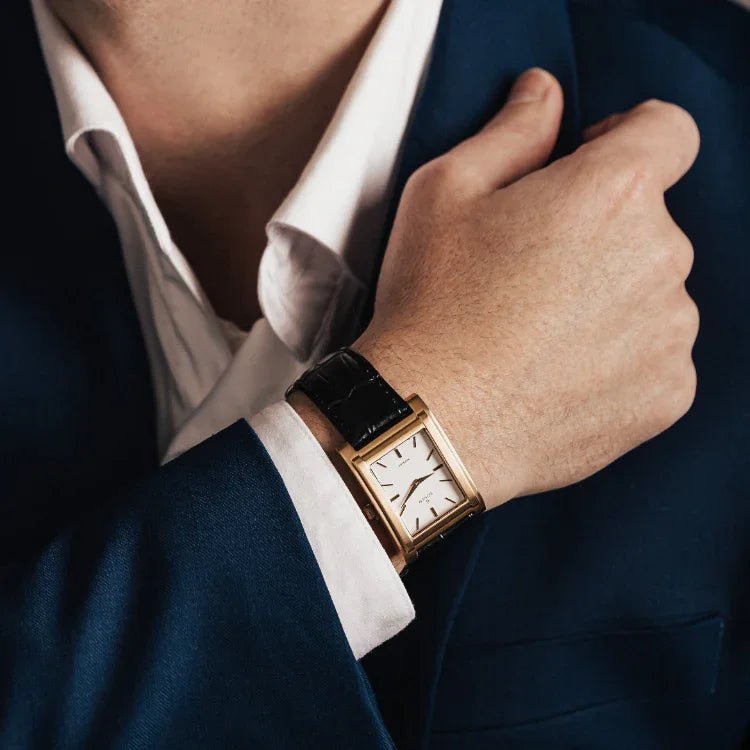Table of Contents
Main Parts of Wristwatch
Wristwatches are more than just devices for telling time—they are intricate masterpieces of engineering and design. From casual wearers to dedicated collectors, understanding the key components of a wristwatch can deepen your appreciation of their craftsmanship. In this article, we’ll break down the main parts of a wristwatch, exploring their roles and how they work together to create functional and stylish timepieces.
The Core Components of a Wristwatch
1. Case
The case is the protective shell that houses the watch's internal mechanisms, or movement. It plays a significant role in aesthetics, durability, and functionality.
- Materials: Cases are crafted from stainless steel (durable and cost-effective), titanium (lightweight and hypoallergenic), ceramic (scratch-resistant and sleek), and precious metals like gold or platinum (luxurious and timeless).
- Shapes and Sizes: Round cases are classic and versatile, while rectangular and square designs exude a vintage Art Deco charm.
-
Advanced Features: Water resistance, shock absorption, or anti-magnetic shielding enhance both durability and performance.

2. Dial
Often referred to as the "face" of the watch, the dial is where the time is displayed.
- Design Elements: Dials come in various styles, featuring hour markers, date windows, or complications like chronographs or moon phases.
- Materials and Colors: Enamel, lacquer, mother-of-pearl, carbon fiber, and vibrant colors add aesthetic value.
-
Indices and Markers: Arabic numerals, Roman numerals, or diamond-studded indices enhance functionality and style.
3. Hands
The hands are the moving indicators for hours, minutes, and seconds.
-
Types of Hands:
- Dauphine Hands: Sleek and triangular, often seen in dress watches.
- Alpha Hands: Broad and bold, designed for easy readability.
- Luminous Hands: Coated with Super-LumiNova for visibility in low-light conditions.
-
Functionality: Extra hands for complications like GMT or chronograph functions add utility.

4. Movement
The movement is the "engine" that powers the watch, driving its hands and complications.
- Quartz Movement: Battery-powered, offering unparalleled accuracy and low maintenance.
- Mechanical Movement: Powered by a wound mainspring, showcasing traditional watchmaking artistry.
- Automatic Movement: Self-winding mechanical movement that uses wrist motion to maintain power.
- Luxury Features: High-end movements often include complications like tourbillons or perpetual calendars.
Exploring the Functional Parts
1. Crown
The crown is the small, knob-like feature usually positioned at the side of the case.
- Uses: It allows for setting the time and date, and in mechanical watches, it winds the mainspring.
- Types of Crowns: Push/Pull Crowns are standard, while Screw-Down Crowns enhance water resistance.
- Design Variations: Crowns often feature engravings or embellishments, adding a touch of luxury.
2. Crystal
The crystal is the transparent cover that protects the dial.
- Materials: Acrylic (lightweight but scratch-prone), Mineral Glass (durable), and Sapphire Crystal (the most durable, used in luxury watches).
- Coatings: Anti-reflective coatings improve visibility under bright light.
3. Bezel
The bezel surrounds the crystal, offering functional and decorative value.
- Types: Fixed Bezels, Rotating Bezels (common in dive watches), and GMT Bezels (display additional time zones).
- Materials: Stainless steel, ceramic, or aluminum bezels can include intricate engravings or gemstones.
4. Lugs
Lugs are the small projections on the case that attach the strap or bracelet.
- Design and Fit: Lug shape and size influence the watch's overall wearability.
-
Lug Width: Determines strap compatibility, with sizes ranging from 18mm to 22mm.

Advanced Features and Complications
- Chronographs: Stopwatches integrated into the watch movement.
- Moon Phases: Tracks lunar cycles, often found in dress watches.
- Perpetual Calendars: Automatically adjust for leap years and varying month lengths.
- Tourbillons: A feature that counters gravitational effects on accuracy, prized by collectors for its complexity.





